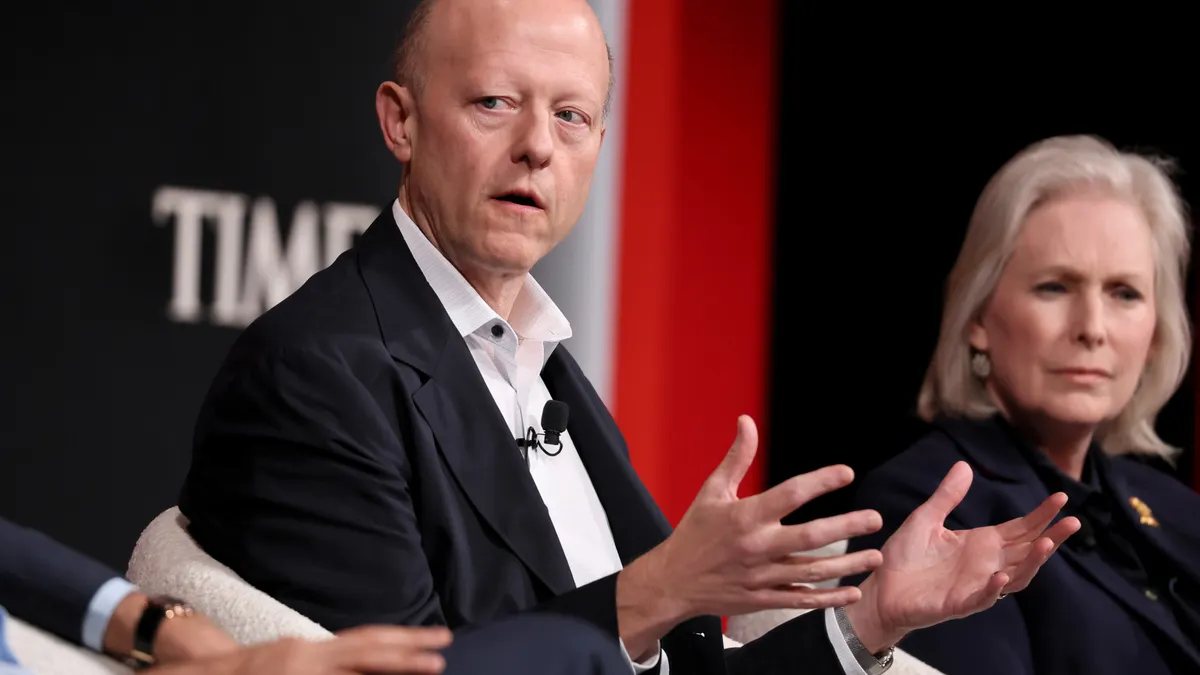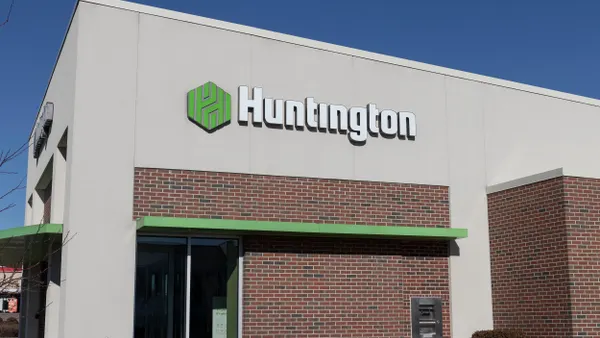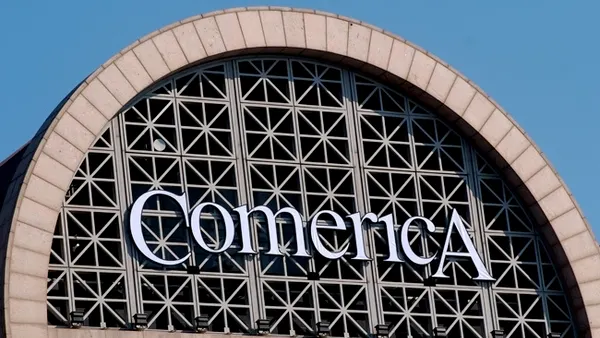As loosening regulations opened the banking industry to more acquisition activity in recent years, Frost Bank made a decision early on to be an outlier — forging a plan to “build over buy,” Frost Bank CEO Phil Green said.
“It's to our shareholders’ advantage for us to expand organically as opposed to making acquisitions and paying large premiums,” said Green, who has helmed the San Antonio-based bank since 2016.
Faced with increasing competition from larger institutions, Green told Banking Dive the firm decided to grow organically by adding branches in new markets, a model the financial institution had already found successful ahead of the industry’s merger boom.
“The reason we've been able to do that is we've been making investments in our business for years, which really lowers the barriers to entry to our company, vis-à-vis the ‘too big to fail’ banks,” he said. “Had we not been demonstrating that we were growing organically consistent with what the largest banks were doing, it wouldn't have been as viable a strategy. It would have been more based on hope.”
The $51.3 billion-asset bank has opened 25 branches in Houston over the past four years, and plans to open eight more in the area in the next two years.
The bank is also in the midst of a similar expansion in Dallas, where next quarter it plans to open its third of 28 new locations.
Green, during the bank’s Q1 earnings call Thursday, attributed its year-over-year rise in loan growth to its expanding branch footprint.
“Year-over-year loan growth of 8.3% would have been 6.8% without the expansion volume,” Green told analysts.
The bank is also exceeding its goals tied to the newly opened Houston branches, Green said.
“In Houston, we see the momentum continuing to build as the newly opened branches continue to mature,” he said. “At the end of the first quarter, we stood at 110% of our deposit goal, 125% of our new household goal and 181% of our loan goal.”
Green said it's important to note the bank’s expansion is not centered around a boost to its retail transaction processing capacity in markets but rather its growth in its commercial banking.
“Seventy percent of the profitability and strategy is based upon commercial business that's middle market and small business, with follow-on profitability from the consumer segments ” he said. “To be successful with that, you've got to be able to project your brand into these new markets, with community leaders and lenders that understand the markets they're in and develop boots on the ground. And that's been very successful for us.”
Overdraft grace expansion
Frost introduced an overdraft grace feature in April 2021 for customers with at least $500 direct deposits posted to their account within the past 33 days.
The fee-free service allows qualifying customers to overdraw their checking accounts on transactions up to $100.
Green said the bank plans to expand the service to all customers — not just those that meet the direct deposit requirement.
“[The requirement] is not a very big hurdle, but there are people that don't have access to direct deposit as an alternative, and we feel like we can open it up to people who don't have that access,” he said.
The decision to add the overdraft grace feature has resulted in a $4 million loss to the bank annually. Expanding the program to all account holders will likely deepen that by another $2 million per year, Frost Bank CFO Jerry Salinas said on Thursday's call.














